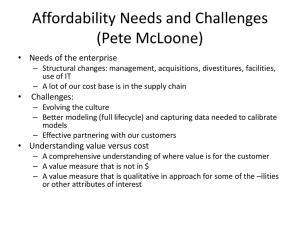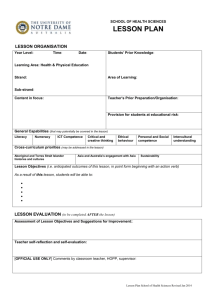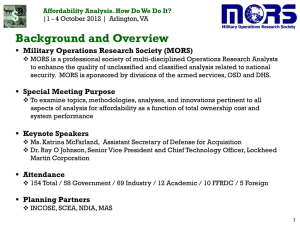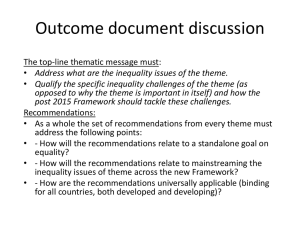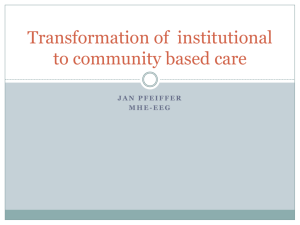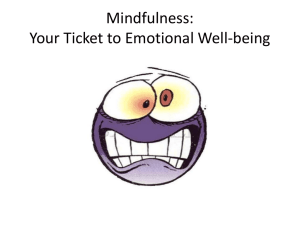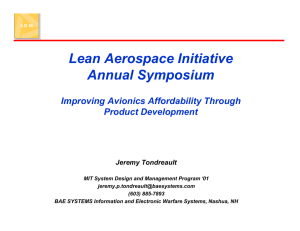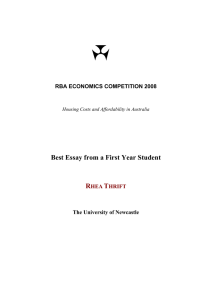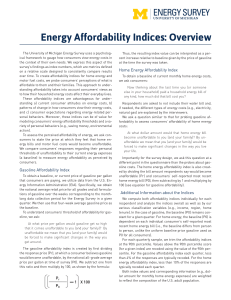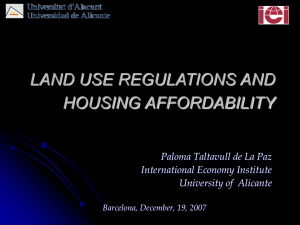Day 1 Summary - Cap-Net
advertisement
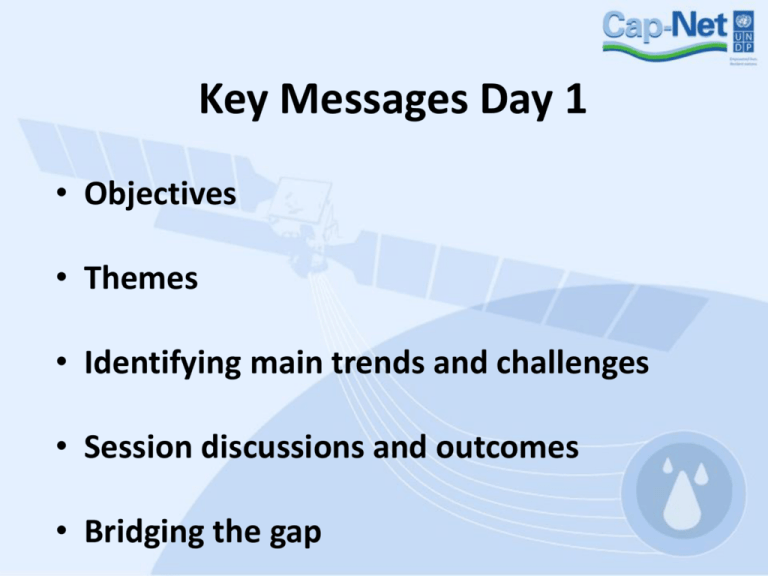
Key Messages Day 1 • Objectives • Themes • Identifying main trends and challenges • Session discussions and outcomes • Bridging the gap OBJECTIVES • Develop a partnership(s) in capacity development on the use of new technologies for improved water productivity and management • Aim is not to change Cap-Net’s core business of capacity development by developing new technologies – rather respond to demands on the ground especially from developing countries. Bridge the gap. • Identify supply and demand sides of new technologies • Translate these demands into what Cap-Net can do in terms of capacity development – Develop a plan. • Design and eventual implementation of a 4 year global level capacity development programme. THEMES Technological Innovation Demands on the ground • Which technologies are being developed and used in water resources management and productivity? • Who is developing these technologies? • Which are best practices and lessons learnt. • What do countries mostly need to respond to their needs in terms of strategic country goals, local governments, and society? • How are water management institutions coping with these requirements? • What are the needs that various water users have which could be answered throuh new technologies? Farmers, private sector, river basin organisations, etc. Capacity development needs • What are capacaity development needs for improved water management and productivity? • What are the specific capacity needs of various target groups? • Which are knowledge gaps in this field? • How are knowledge centres incorporating this topic in their learning programmes? MAIN TRENDS AND CHALLENGES New technologies and SDGs Moving from MDGs to SDGs - monitoring, reporting, indicators and benchmarks Increased complexity in operating systems – developers vs users Lack basic data to monitor and decide on the usage and management of water resources What to do with this information? Strategic and practical use of data Lack of institutional capacity: user engagement and partnerships overlooked SESSION 1: MAPPING NEW TECHNOLOGIES FOR WATER PRODUCTIVITY AND WRM NEEDS Define target group / end user Define needs and challenges Define new technologies • Enabling environment: ownership & stakeholder participation • Adaptability SESSION 1: MAPPING NEW TECHNOLOGIES FOR WATER PRODUCTIVITY AND WRM CHALLENGES • • • • • Lack of processing power – accessibility, affordability and usability Dissemination data not understandable or relevant Lack of Trust Satellite data not integrated/adapted to local ground measurement Controlled ownership of technological process SESSION 2: WHO IS DEVELOPING THESE NEW TECHNOLOGIES? • Electronic and Mobile Water Governance • Tool for governments and utilities: monitoring, data collection, billing • Resource for end users (information, convenient billing options, engagement, conservation, reporting issues) Examples from Kenya, UAE and Oman • AKVO • Bridging the gap between the available data and what to do with that data • Creating and managing surveys, devices, data collection, report generating, maps, user management • World Bank Weather Partnership Programme – demand driven approach: • Remote sensing • Disaster risk management • Climate risks in water-related infrastructures SESSION 3: DEMANDS FOR INCREASED USE OF TECHNOLOGIES NEEDS • • • • • • • • Capacity development to operate and maintain technologies Monitoring and tracking water flows Quantity and quality assurance Combining conventional and new ways of sensing Involving stakeholders (2-way information flows) Contribute to strengthening water governance Database: Universal data sharing and transparency Disaster risk management and response SESSION 3: DEMANDS FOR INCREASED USE OF TECHNOLOGIES CHALLENGES within water management institutions • Reactive - lack of future planning • Driven by politics: fish cannot vote! • Sector specific SOLUTIONS: Technologies addressing needs by providing: • Accuracy, predictability & reliability • Availability • Affordability • Real time information and continuous access (now and in future) • Ability to bridge gap between sectors • Impact on individual lives • Location-specific data/ tailored information Cap-Tec: Bridging the gap Affordability Accessibility Ownership Participation

